Pendle Finance: Redefining Yield Trading in DeFi
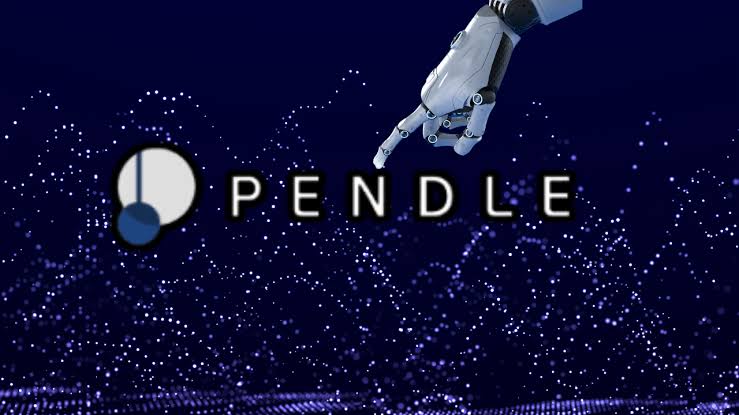
In the rapidly evolving world of decentralized finance (DeFi), few protocols have introduced as fundamental a shift in market structure as Pendle Finance. While many DeFi projects have focused on iterating on lending, staking, or automated market making, Pendle has carved out a unique niche by enabling the tokenization and trading of future yield.
With a Total Value Locked (TVL) exceeding $5 billion as of mid-2025, Pendle is no longer a niche experiment—it’s becoming critical infrastructure in DeFi’s emerging fixed-income ecosystem. By bringing derivatives-like functionality to DeFi-native assets, Pendle effectively bridges the gap between traditional finance (TradFi) interest rate markets and the decentralized world.
What Is Pendle Finance?
Pendle Finance is a DeFi protocol that enables users to split a yield-bearing asset into two distinct components:
- Principal Tokens (PT): Represent the core asset and are redeemable at full value upon maturity. They behave similarly to zero-coupon bonds in traditional finance.
- Yield Tokens (YT): Represent the rights to the yield generated by the underlying asset during a specified time window. These tokens decay in value as they approach maturity, reflecting the diminishing amount of claimable yield.
This mechanism allows for unprecedented flexibility in how users engage with yield. Rather than being passively exposed to APY fluctuations, users can now take directional bets on yield movement, lock in fixed rates, or optimize liquidity across market cycles.
Pendle’s Architecture and Mechanisms
Pendle’s system comprises several innovations working together to support its core yield trading functionality:
1. Standardized Yield Tokens (SY)
Before an asset can be used in Pendle, it is first wrapped into a Standardized Yield Token (SY). This step ensures uniformity across multiple DeFi protocols and simplifies compatibility for the AMM and tokenization logic. Pendle currently supports assets from protocols like Lido (stETH), Aave (aUSDC, aDAI), and Compound, with continued expansion.
2. Principal and Yield Tokenization
Once wrapped, the SY token is split into:
- PT (Principal Token): Has a fixed maturity date and is redeemable at par.
- YT (Yield Token): Grants rights to the yield until the PT's maturity.
This separation transforms yield into a standalone, tradable asset—a breakthrough for DeFi. Traders can speculate purely on yield expectations without taking on exposure to the underlying asset’s principal value.
3. Custom Time-Decaying AMM
Pendle's automated market maker (AMM) is engineered specifically for time-decaying assets like YT. Unlike traditional AMMs (Uniswap, Balancer), which assume static token value ratios, Pendle’s AMM dynamically adjusts pricing to account for the decay in YT value as maturity approaches.
Key features include:
- Concentrated Liquidity: Improves capital efficiency by allowing LPs to choose price ranges.
- Dual Fee Structure: LPs earn from both trading fees and PENDLE token incentives.
- Minimal Impermanent Loss: Due to Pendle’s “Zero Price Impact Mode” and the predictable nature of YT decay, LPs face far less impermanent loss compared to other AMMs.
This results in a significantly more capital-efficient and safer environment for liquidity provision.
PENDLE Token and vePENDLE Governance
Pendle’s native token, PENDLE, plays multiple roles:
- Governance
- Incentive alignment
- Liquidity mining rewards
Holders can lock PENDLE to receive vePENDLE (vote-escrowed PENDLE), granting them governance rights to direct emissions toward specific liquidity pools. The veToken model incentivizes long-term alignment—vePENDLE value increases with longer lock durations.
Additional benefits for vePENDLE holders include:
- Receiving 80% of swap fees from pools they vote to incentivize
- Participating in protocol revenue sharing
- Gaining influence over protocol-level decisions and asset listings
This vote-escrow mechanism, similar to what Curve pioneered, has created a robust liquidity flywheel and competitive incentive structure among stakeholders.
Strategic Use Cases
Pendle’s utility becomes clearest when viewed through the lens of real-world strategy:
Fixed Yield Income
Investors can buy PT tokens and lock in a guaranteed return at maturity. This mimics traditional fixed-income investing, appealing to:
- DAOs and treasuries seeking predictable returns
- Users looking to hedge against DeFi APY volatility
- Institutional allocators that require known cash flows
Yield Directional Trading
Bullish on rising APYs? Buy YT to gain leveraged exposure to yield without needing to hold the base asset. YT offers outsized upside if yield spikes, but the token decays to zero by maturity, requiring precise timing.
Bearish? Sell YT to lock in current APY and potentially buy back at a lower price if rates fall.
This mirrors TradFi interest rate derivatives and opens new pathways for hedging or speculation.
Liquidity Provision
Pendle’s AMM rewards LPs with:
- Trading fees
- Low impermanent loss (IL)
- Protocol incentives (in PENDLE)
- Optional boosted rewards via vePENDLE voting
It’s one of the few DeFi opportunities where risk-adjusted yield can rival or outperform traditional DeFi farming without excessive leverage or volatility.
Points Farming
With protocols like EigenLayer, Blast, EtherFi, Renzo, and others offering points and airdrops, Pendle has become a meta-layer for amplifying points farming.
Example: A user deposits stETH into Pendle, splits into PT and YT, and sells YT to lock in a fixed return while keeping PT exposure. They still qualify for points, and possibly yield—netting multiple reward streams from a single position.
Pendle’s Points Express product now lets users go even further—taking leveraged exposure (up to 100x) on certain point rewards or selling their points exposure outright for fixed income.
Pendle vs. Other Yield Protocols
While protocols like Yearn and Convex optimize existing yield sources, Pendle creates a secondary market for yield itself. This distinction gives Pendle a strategic edge:
| Feature | Pendle | Yearn/Convex |
|---|---|---|
| Tokenized Yield Markets | ✅ | ❌ |
| Fixed Yield Trading | ✅ | ❌ |
| Time-Decaying AMM | ✅ | ❌ |
| Yield Speculation | ✅ | ❌ |
| Secondary Market Liquidity for Yield | ✅ | ❌ |
Pendle is not a yield aggregator—it’s an infrastructure layer for building and trading yield instruments.
Market Performance and Growth Trajectory
The PENDLE token has appreciated from a post-FTX low of $0.035 (November 2022) to $3.78 as of June 2025—a >100x increase. While speculative cycles have played a role, this growth is underpinned by fundamentals:
- A 10x increase in TVL in under 12 months
- Doubling of active wallets and vePENDLE voters
- Consistent rise in protocol fees and revenue
Further, on-chain activity (e.g. large token withdrawals from centralized exchanges) suggests strong long-term accumulation by whales and funds.
Risk Factors
Despite its innovation, Pendle carries inherent risks:
- Smart Contract Risk: Exposure to base layer protocols like Lido or Aave introduces cascading risk.
- Time Decay Mismanagement: YT can lose all value if held to maturity without yield exceeding expectations.
- Market Liquidity Risk: YT and PT can become thinly traded close to expiration, impacting slippage.
- Regulatory Threats: Pendle’s similarity to derivatives may invite regulatory scrutiny, especially in certain jurisdictions.
As with any DeFi protocol, risk mitigation depends on thorough due diligence and position sizing.
What’s Ahead for Pendle?
Pendle’s roadmap hints at further expansion into institutional-grade tools, real-world assets (RWAs), and deeper integration with new protocols.
Near-term developments include:
- Expanded cross-chain support and vePENDLE voting across L2s
- Support for additional RWAs and liquid staking derivatives (LSDs)
- New user interfaces (Pendle Earn, Pendle Trade) targeting both retail and pro users
In the long term, Pendle is well-positioned to become the interest rate layer of DeFi, much like how TradFi depends on bond markets and swap markets for rate discovery.
Conclusion
Pendle is not just another DeFi protocol. It represents a paradigm shift in how yield is perceived, traded, and utilized. By transforming passive yield into an active, liquid market, Pendle unlocks a toolkit that has historically been reserved for institutional desks in TradFi.
Its growth from an obscure innovation to a multi-billion-dollar platform in under three years suggests that the market is beginning to understand the value of programmable yield. As DeFi matures, Pendle’s role could become as foundational as Uniswap's for token swaps or Aave's for lending.
References
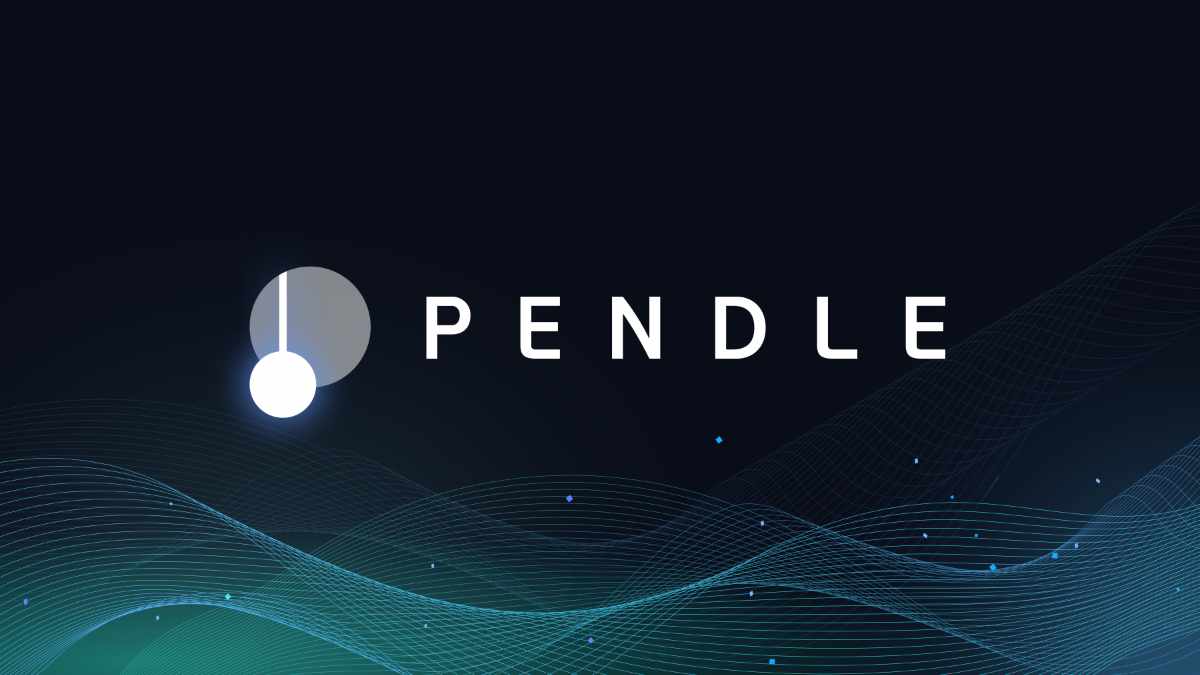
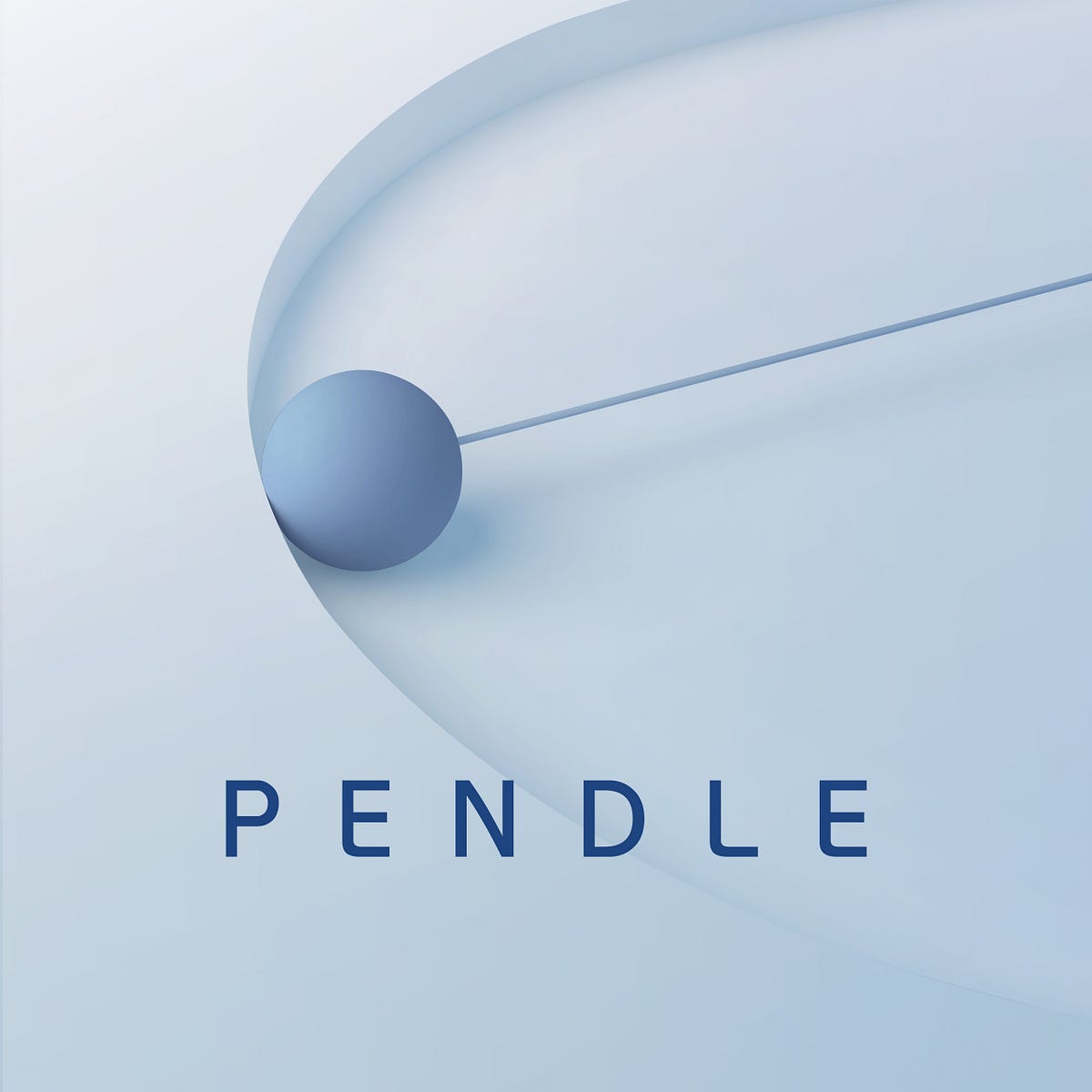
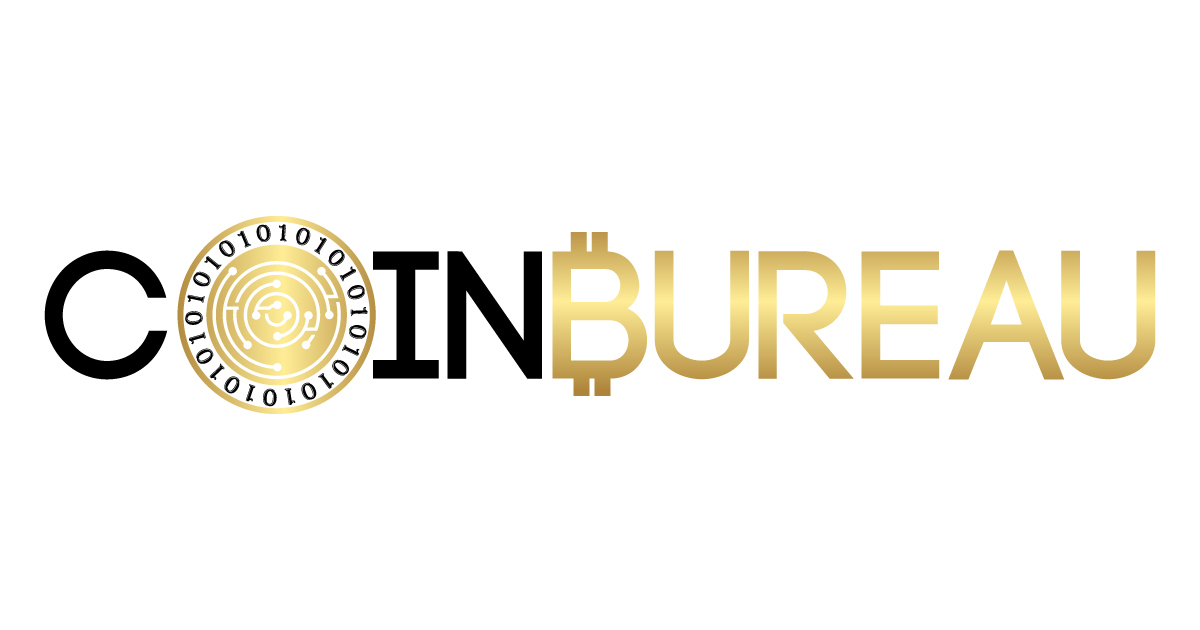
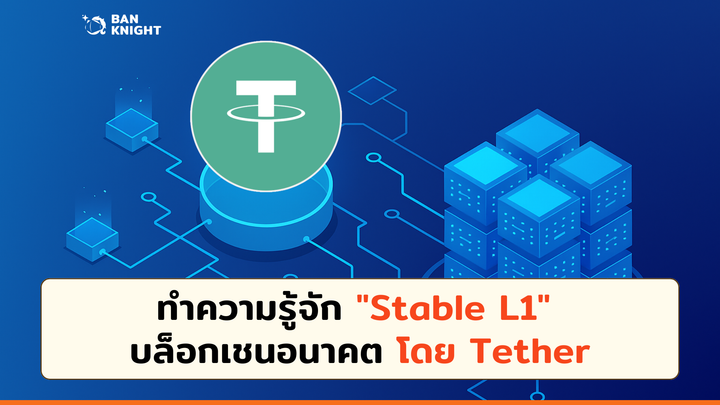

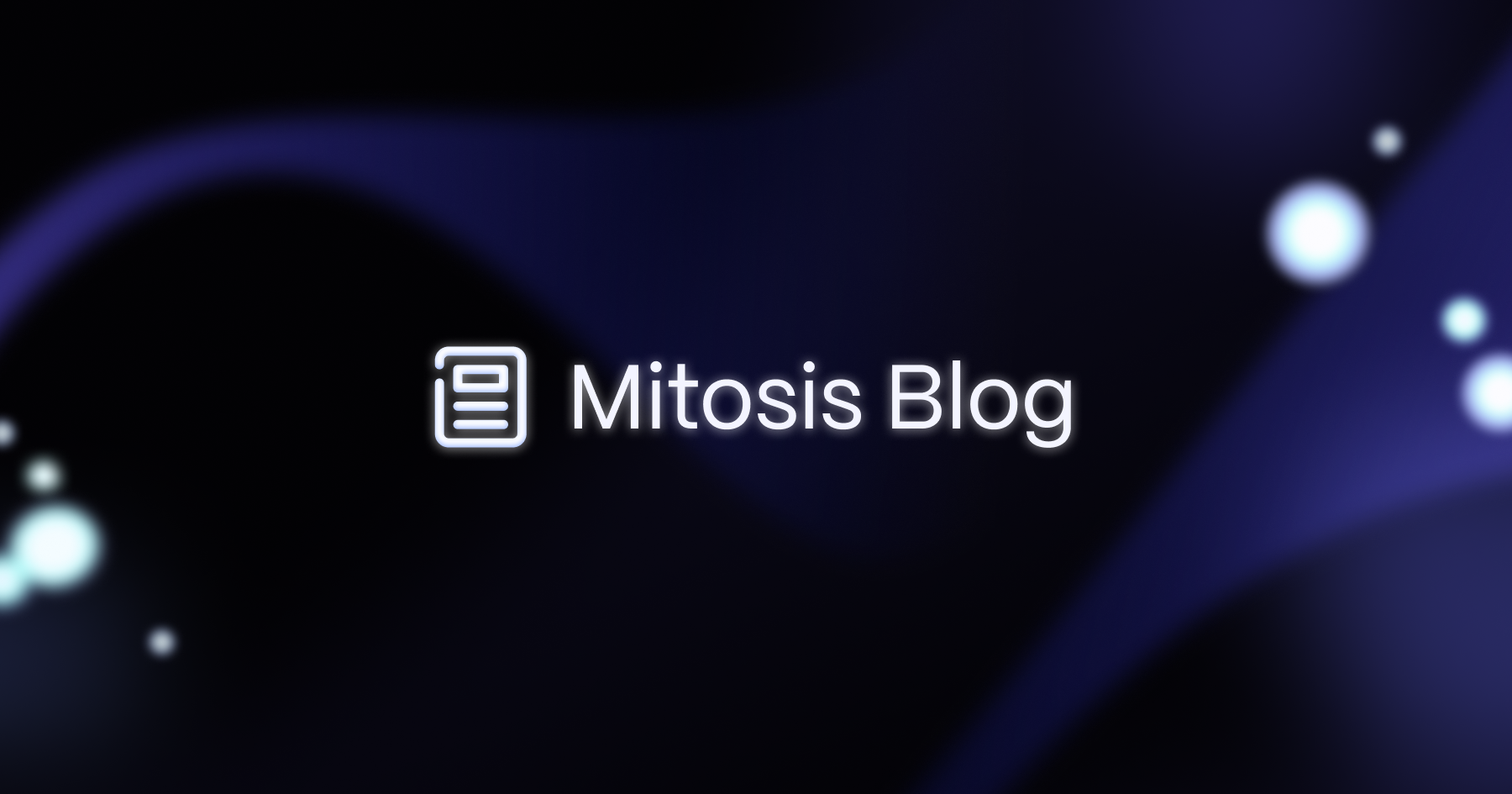






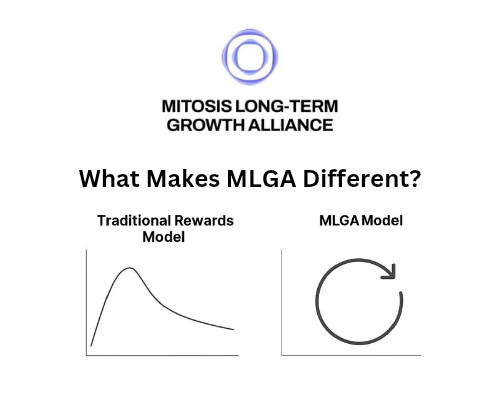
Comments ()